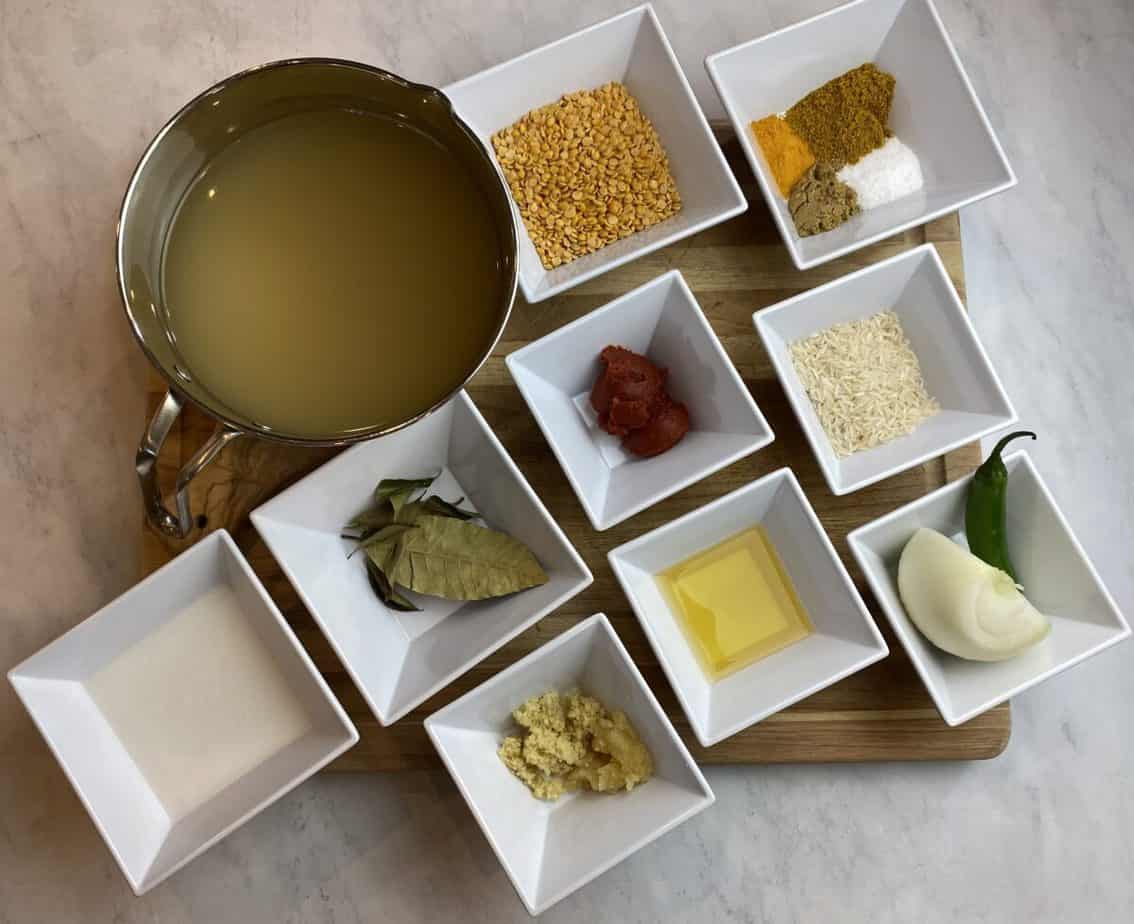- Introduction
- What is Mulligatawny?
- The History of Mulligatawny Soup
- Mulligatawny: A Popular Dish in the United Kingdom
- 4.1 The Influence of British Colonialism
- 4.2 Mulligatawny’s Presence in British Literature and Culture
- The Flavors and Ingredients of Mulligatawny
- 5.1 The Spice Blend: The Heart of Mulligatawny
- 5.2 Traditional Ingredients and Variations
- Mulligatawny Around the World
- 6.1 International Variations
- 6.2 Modern Fusion Twists
- The Health Benefits of Mulligatawny
- How to Make Mulligatawny Soup at Home
- 8.1 Step-by-Step Recipe Guide
- 8.2 Tips and Tricks for a Perfect Mulligatawny
- Where to Find Mulligatawny in the UK
- Mulligatawny: A Symbol of Culinary Diversity
- The Cultural Impact of Mulligatawny
- FAQs About Mulligatawny Soup
- 12.1 Is Mulligatawny a Vegan-Friendly Dish?
- 12.2 What Is the Origin of the Name “Mulligatawny”?
- 12.3 Is Mulligatawny Spicy?
- 12.4 Can Mulligatawny Be Served Cold?
- 12.5 Can I Freeze Mulligatawny Soup?
- Conclusion
- Get Access Now
Introduction
Famous is Mulligatawny, a mouthwatering and aromatic soup, has long captured the hearts and palates of food enthusiasts in the United Kingdom. This delightful dish boasts a rich history, enticing flavors, and a multicultural influence that has made it a staple in British cuisine. In this article, we will explore the origins, popularity, and unique characteristics of Mulligatawny in the UK.

What is Mulligatawny?
Mulligatawny, often referred to as “pepper water,” is a classic Anglo-Indian soup that combines the best of both British and South Asian culinary traditions. The name itself is derived from two Tamil words – “Milagu” (pepper) and “Thanni” (water), reflecting its spicy and watery nature.
The History of Mulligatawny Soup
The history of Mulligatawny dates back to the era of British colonial rule in India. It was initially created by Anglo-Indian cooks as a way to cater to the British taste for soup while incorporating the vibrant spices and flavors of India. Over time, Mulligatawny became a symbol of cultural fusion and culinary artistry.
Mulligatawny: A Popular Dish in the United Kingdom
The Influence of British Colonialism
During the colonial period, British officers and merchants returning from India brought back their love for Mulligatawny, introducing it to the UK’s upper echelons. As its popularity grew, it eventually found its way into the kitchens of common households.
Mulligatawny’s Presence in British Literature and Culture
Mulligatawny’s fame extended beyond the kitchen, finding its way into British literature and culture. It was mentioned in several works of fiction, further cementing its position as a beloved and iconic dish.
The Flavors and Ingredients of Mulligatawny
The Spice Blend: The Heart of Mulligatawny
The key to Mulligatawny’s distinctive taste lies in its spice blend, which typically includes coriander, cumin, turmeric, and black peppercorns. These spices are skillfully combined to create a harmonious and flavorsome broth.

Traditional Ingredients and Variations
While the base of Mulligatawny usually consists of chicken or vegetable broth, lentils, and rice, there are countless variations to suit different preferences. Some versions include coconut milk, apples, or even shredded chicken.
Mulligatawny Around the World
International Variations
As Mulligatawny gained global popularity, diverse regions embraced it and added their local twists. In the USA, for instance, it is often served with a dollop of yogurt, while in Australia, it might be garnished with shredded coconut.
Modern Fusion Twists
In the age of culinary innovation, chefs have experimented with Mulligatawny, incorporating elements from other cuisines. From Mulligatawny-inspired pizza to sushi rolls, the boundaries of this traditional soup have expanded.
The Health Benefits of Mulligatawny
Beyond its exquisite taste, Mulligatawny offers numerous health benefits. The spices present in the soup are known for their anti-inflammatory and digestive properties, making it a comforting choice during illness.
How to Make Mulligatawny Soup at Home
Step-by-Step Recipe Guide
Preparing Mulligatawny at home is a delightful experience. Follow this step-by-step guide to create a flavorful pot of this beloved soup from scratch.
Tips and Tricks for a Perfect Mulligatawny
Mastering the art of making Mulligatawny requires some finesse. Here are some insider tips and tricks to elevate your soup to perfection.

Where to Find Mulligatawny in the UK
While cooking Mulligatawny at home is rewarding, there are numerous restaurants across the UK that serve this delectable dish. We explore the best spots to savor this culinary gem.
Mulligatawny: A Symbol of Culinary Diversity
Mulligatawny’s journey from India to the UK represents the beauty of cultural diversity in the world of food. It showcases how cuisines can blend harmoniously, creating something extraordinary.
The Cultural Impact of Mulligatawny
Beyond its culinary significance, Mulligatawny has left an indelible mark on British culture. From pop culture references to its presence in festivals, it has become an integral part of the UK’s cultural tapestry.
FAQs About Mulligatawny Soup
Is Mulligatawny a Vegan-Friendly Dish?
Yes, Mulligatawny can be easily adapted to suit a vegan or vegetarian diet, using vegetable broth and omitting any animal products.

What Is the Origin of the Name “Mulligatawny”?
The name “Mulligatawny” originates from the Tamil words “Milagu” (pepper) and “Thanni” (water), reflecting its spicy and watery nature.
Is Mulligatawny Spicy?
Yes, Mulligatawny is known for its spiciness, which comes from the blend of peppercorns and other spices.
Can Mulligatawny Be Served Cold?
Traditionally, Mulligatawny is served hot, but some variations can be enjoyed cold, especially in warmer climates.
Can I Freeze Mulligatawny Soup?
Yes, Mulligatawny can be frozen for future consumption. Just ensure it is stored in an airtight container.
Conclusion
Famous is Mulligatawny‘s popularity in the United Kingdom is a testament to its extraordinary taste and cultural significance. This humble soup has transcended borders and time, making it a cherished and iconic dish. Its flavors and history continue to captivate and unite food enthusiasts worldwide.




